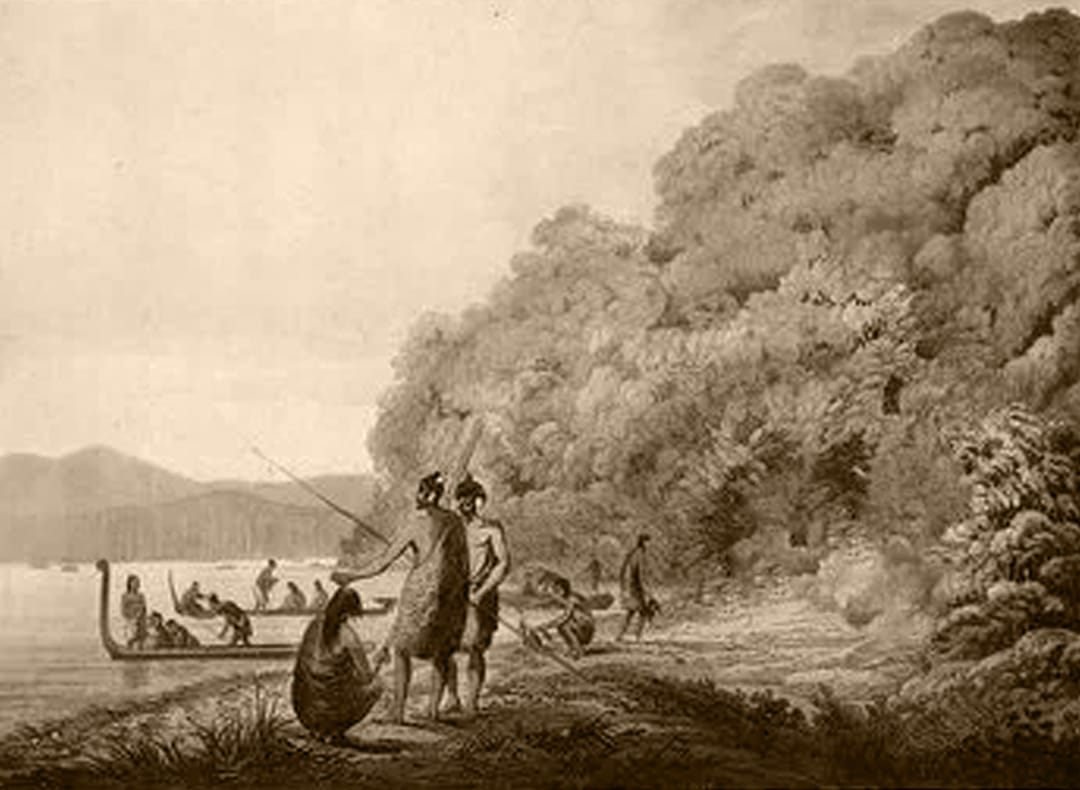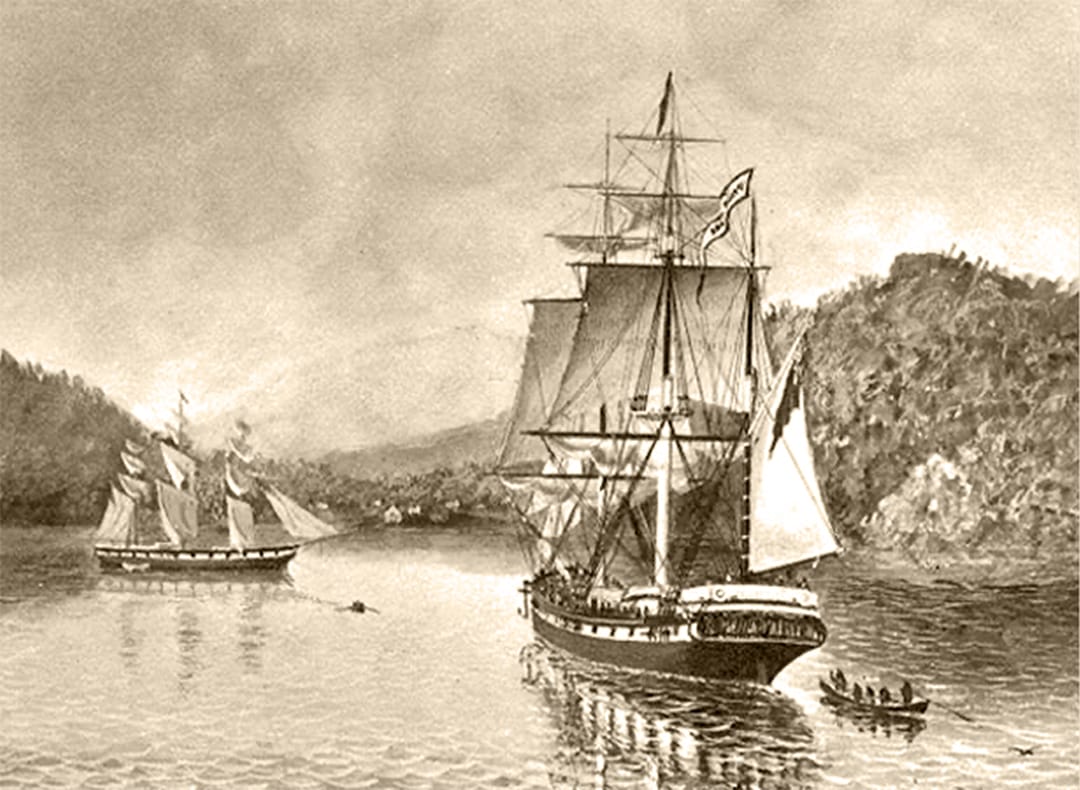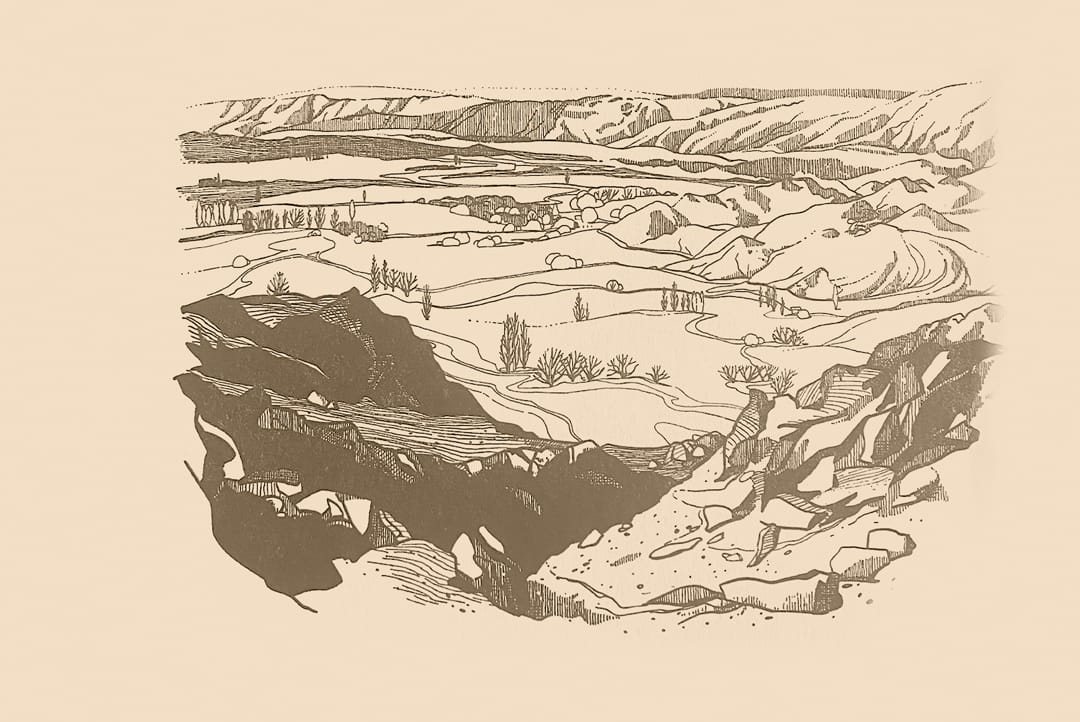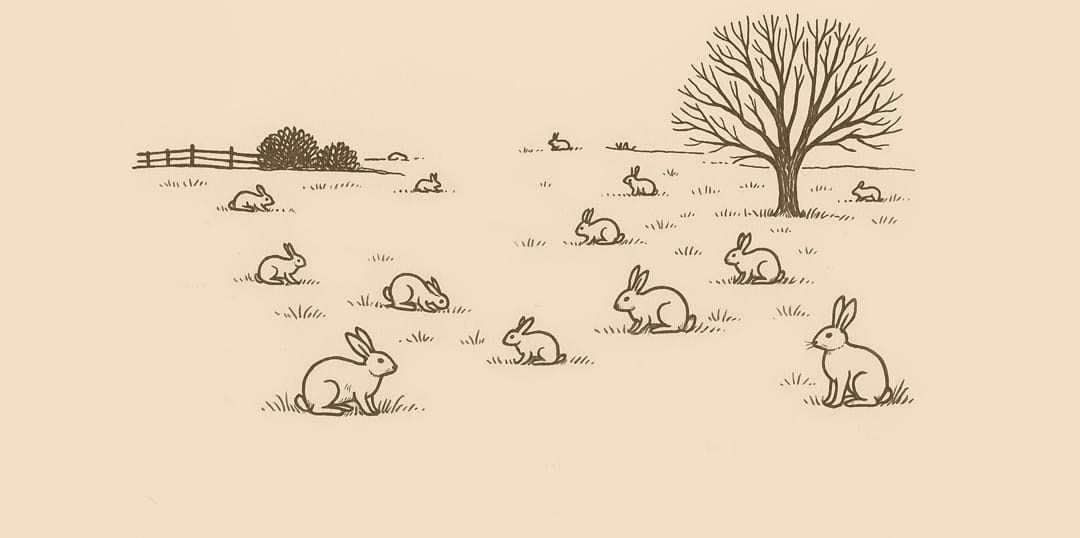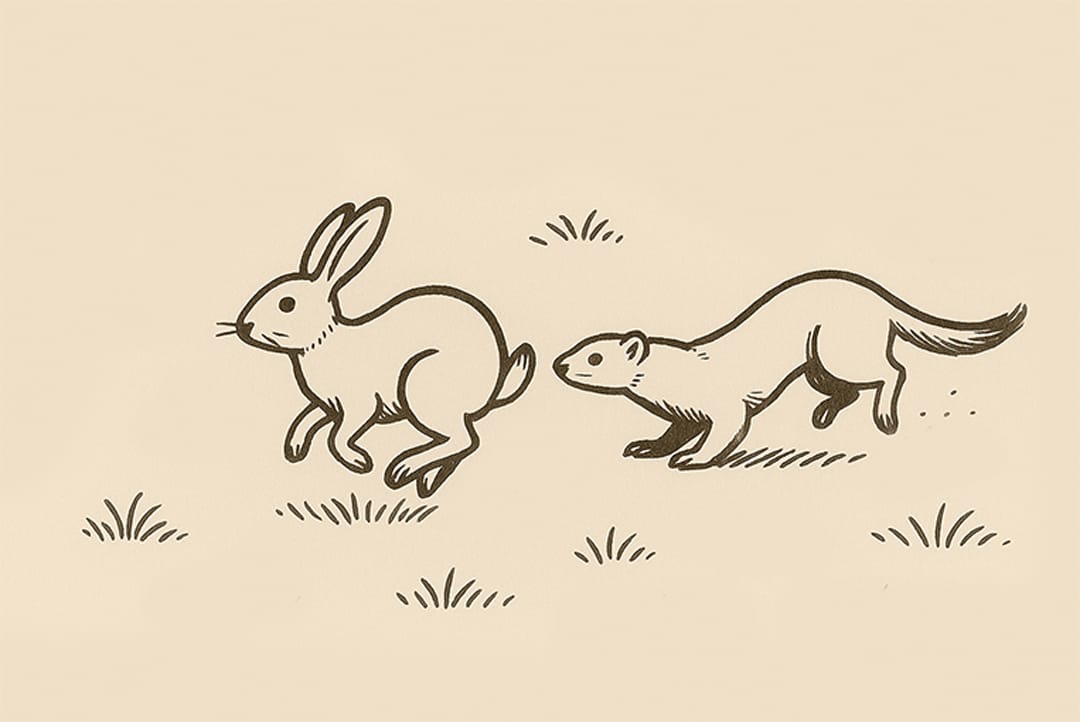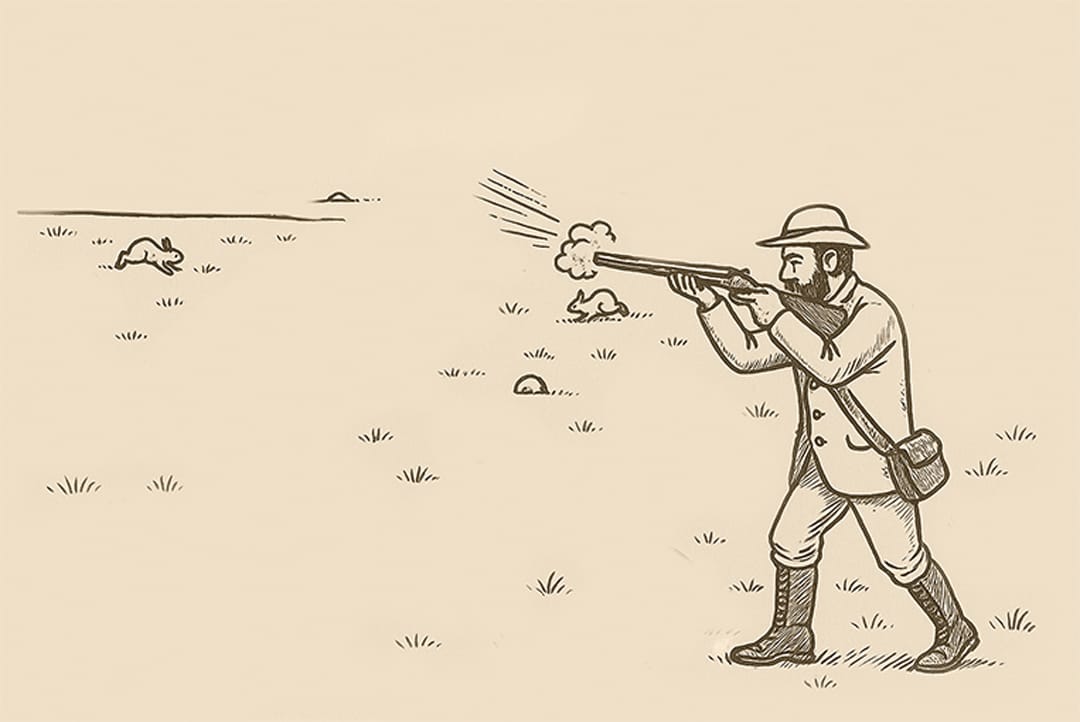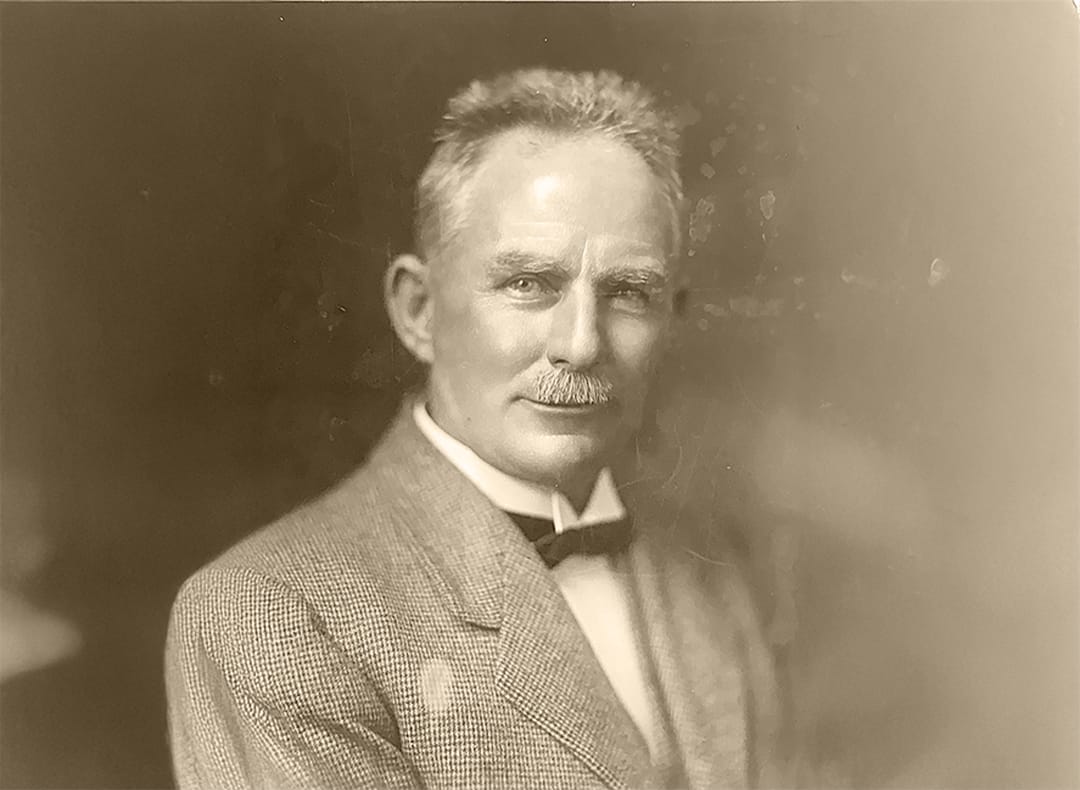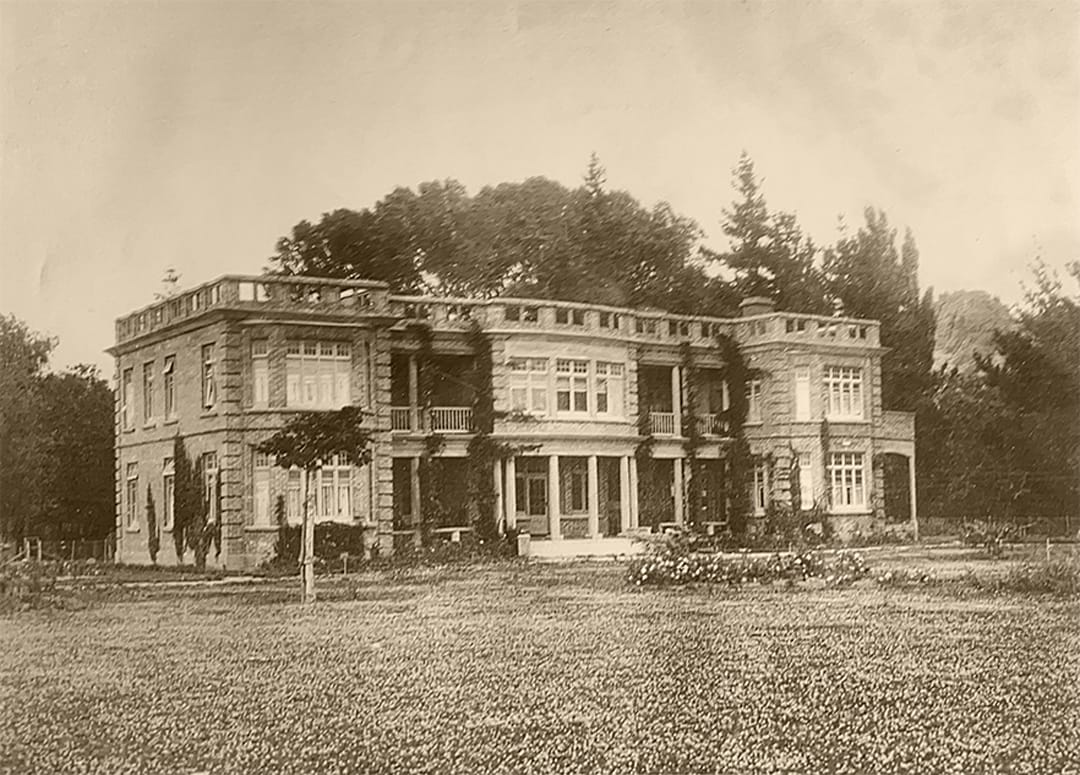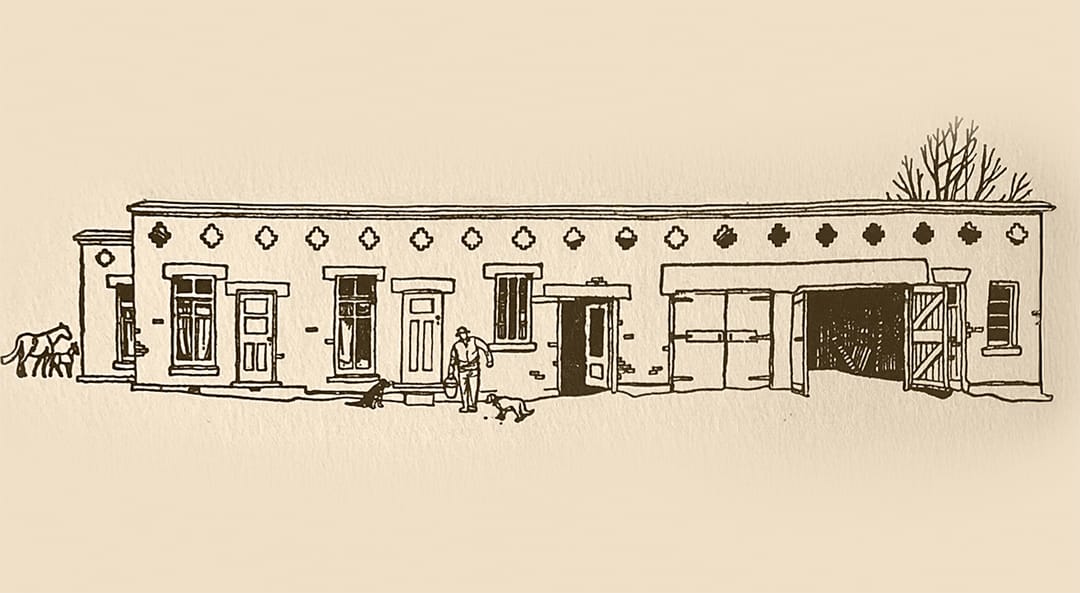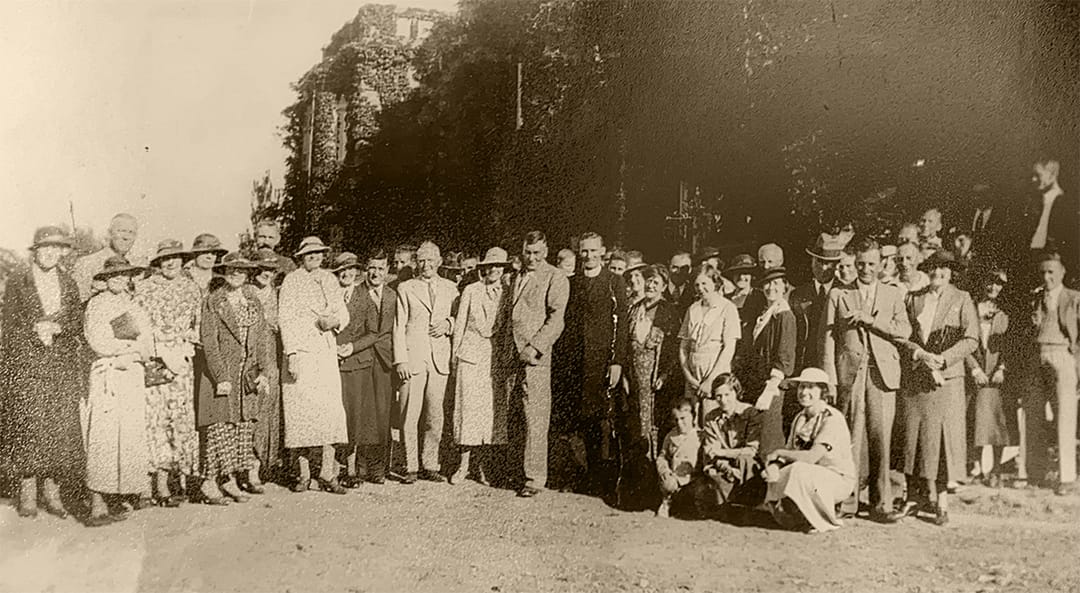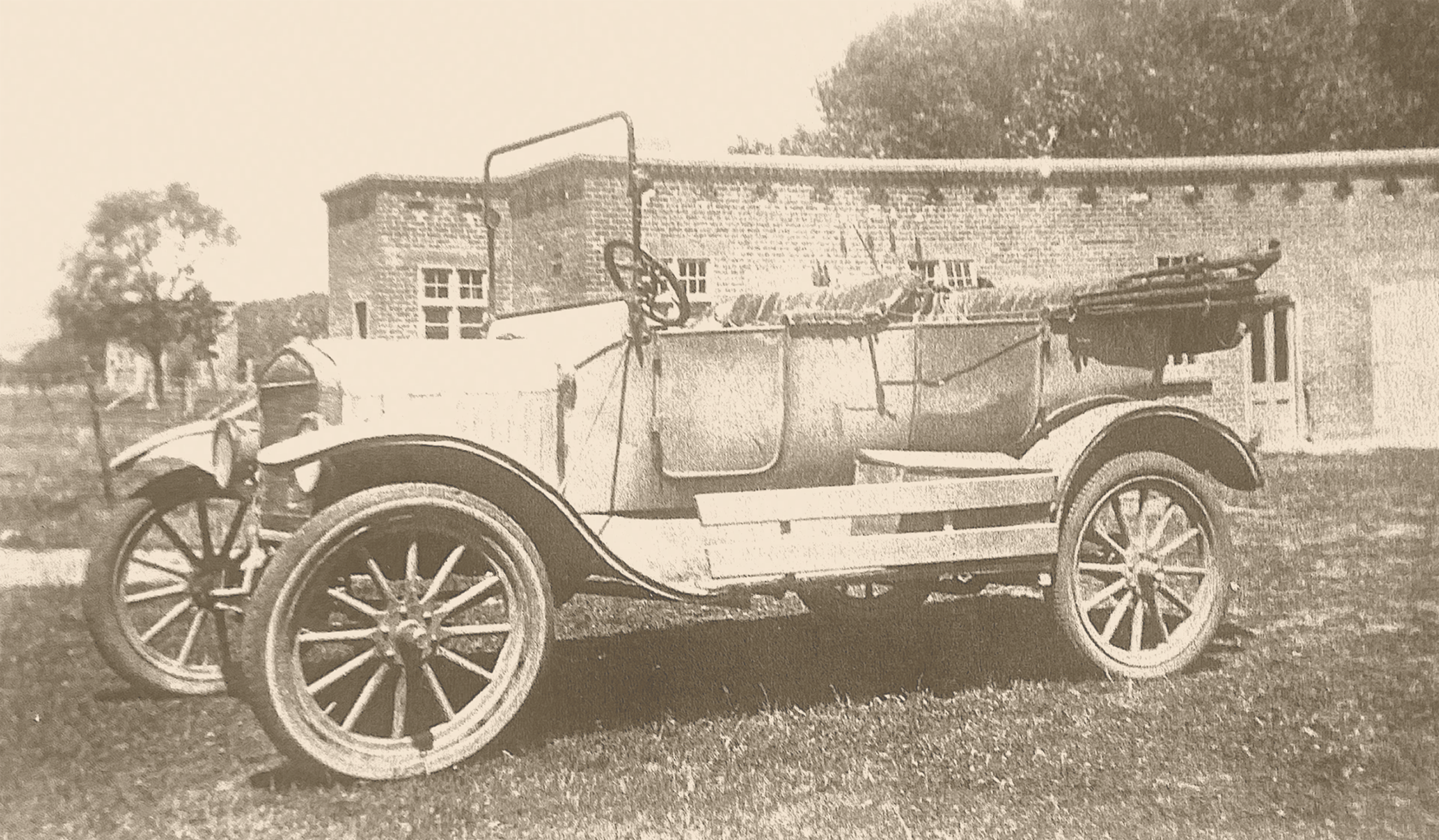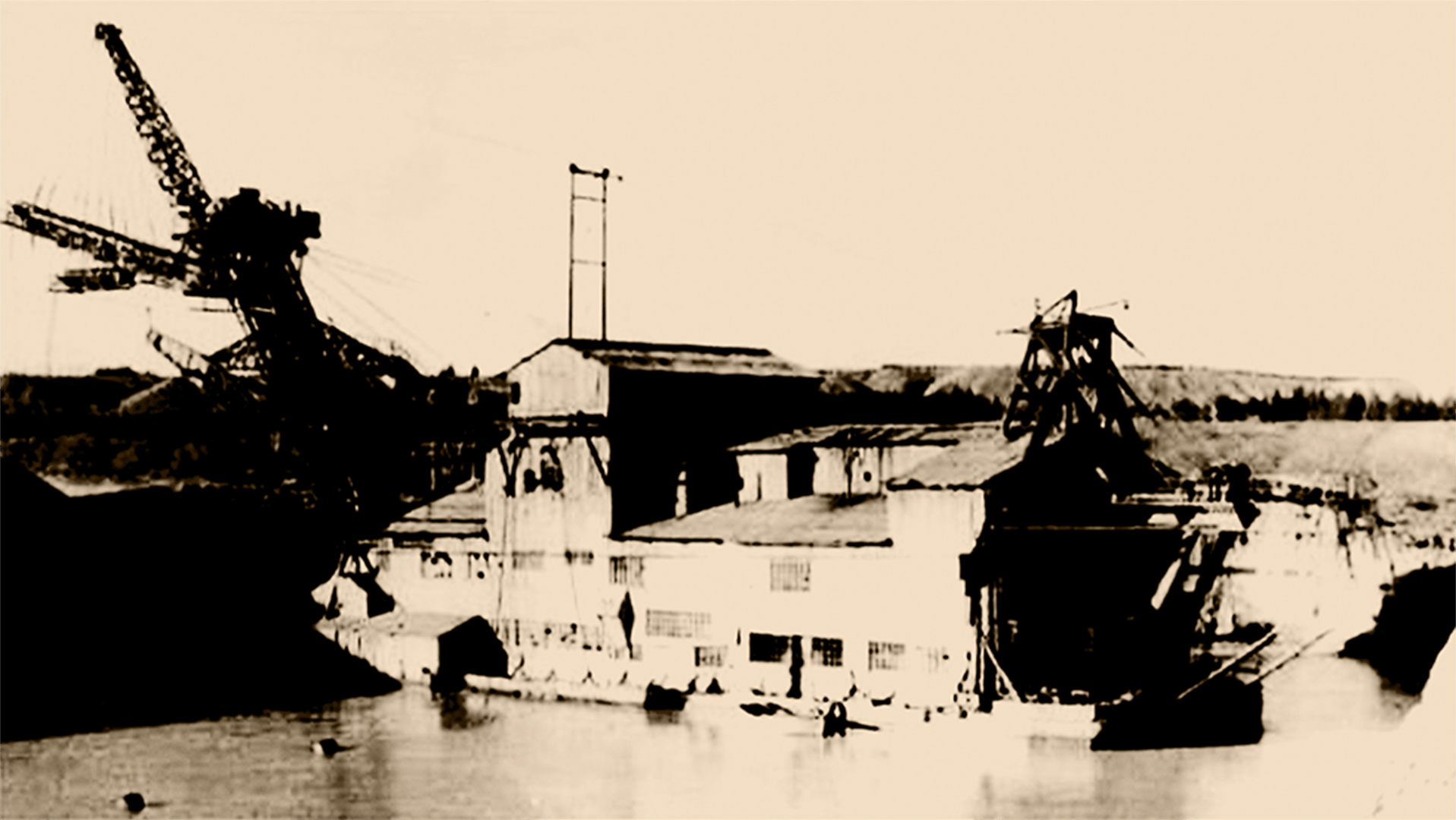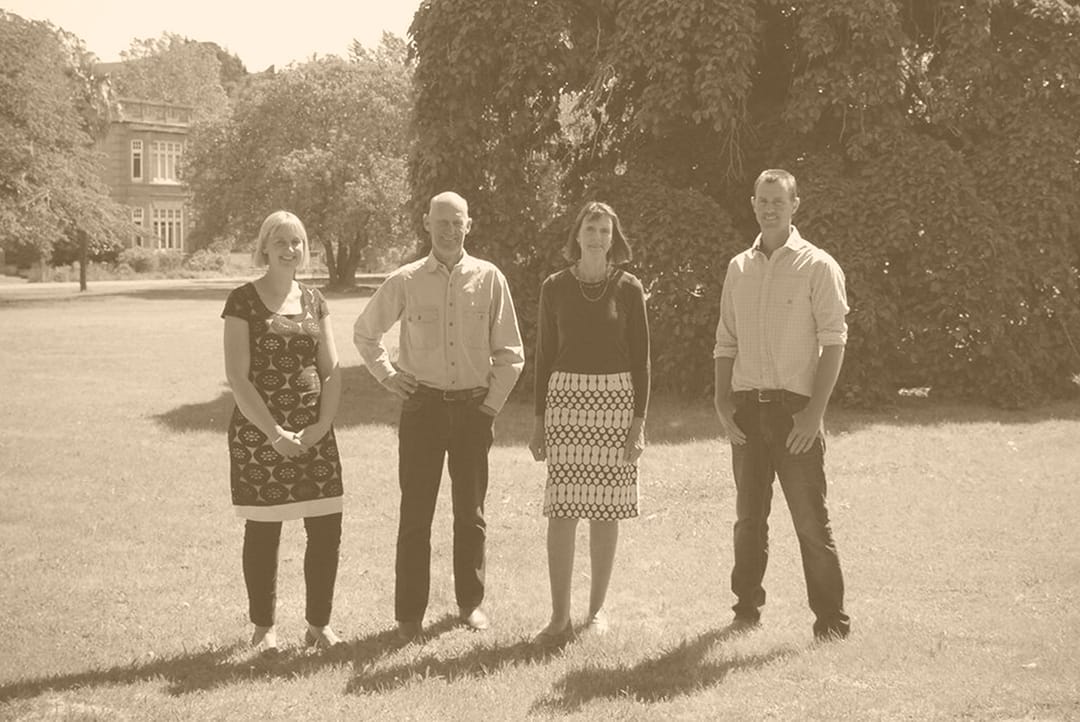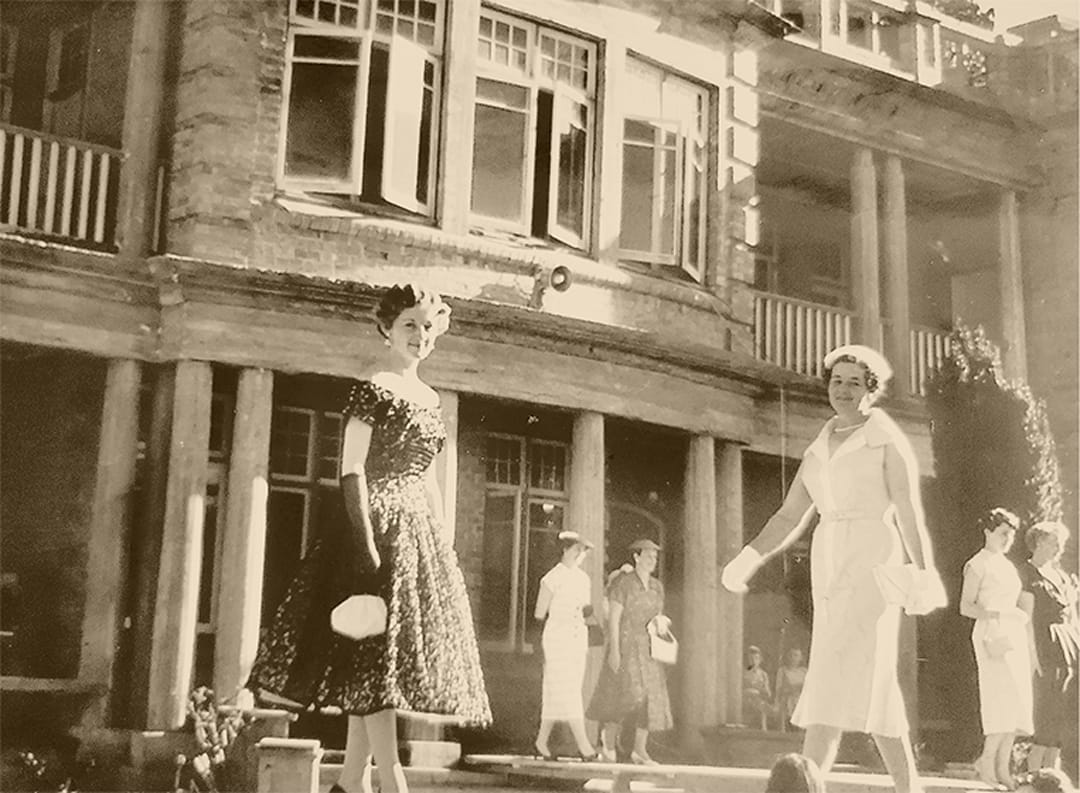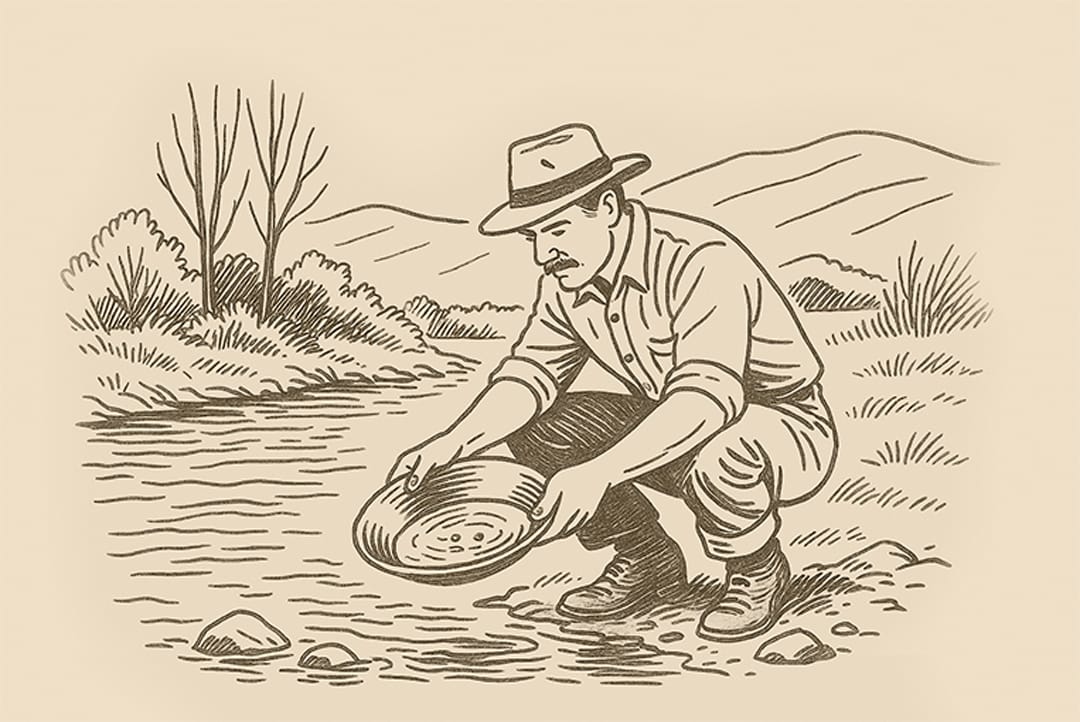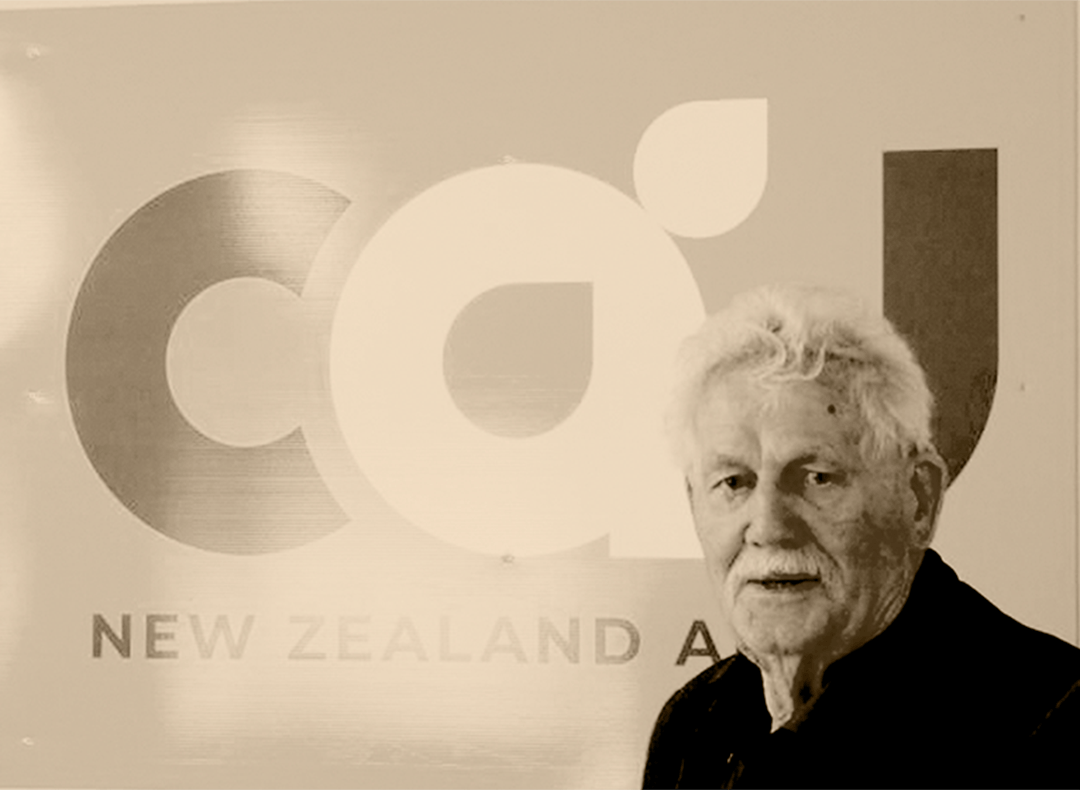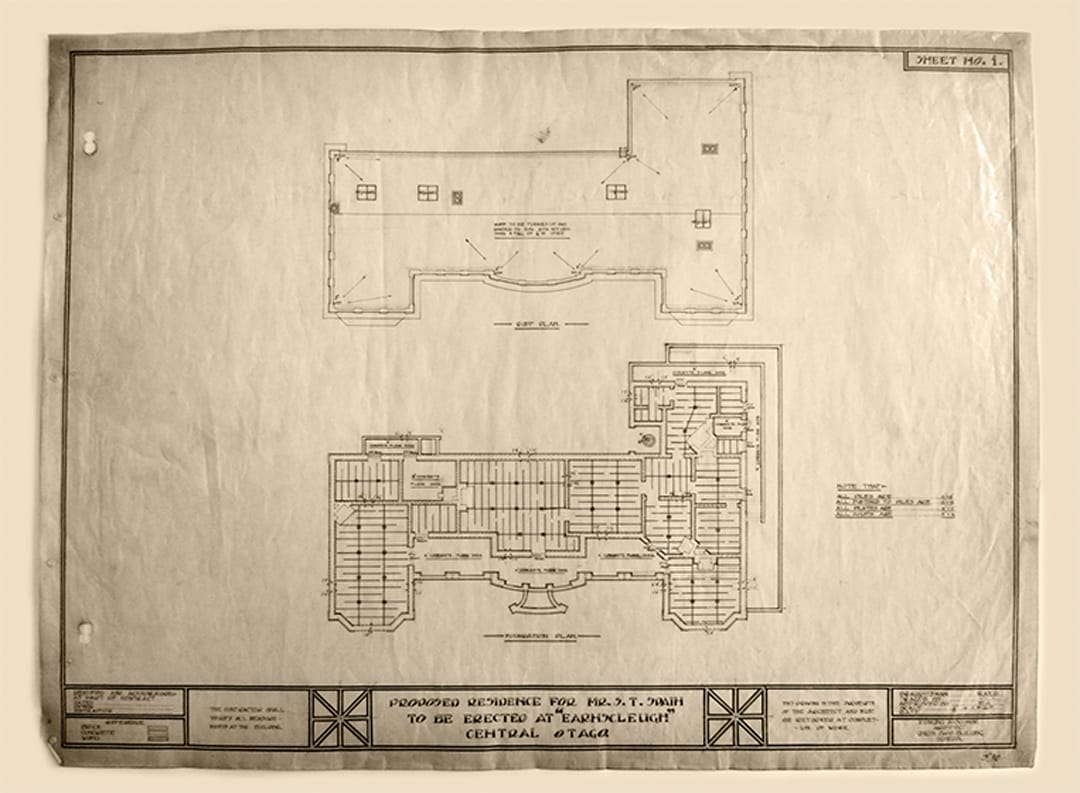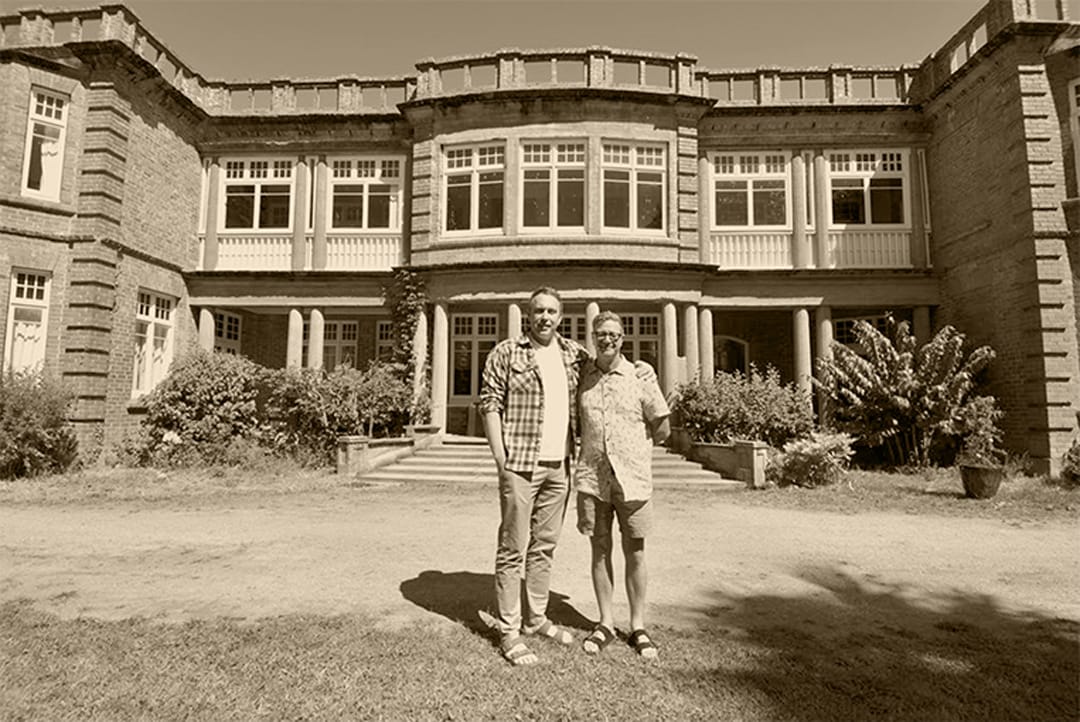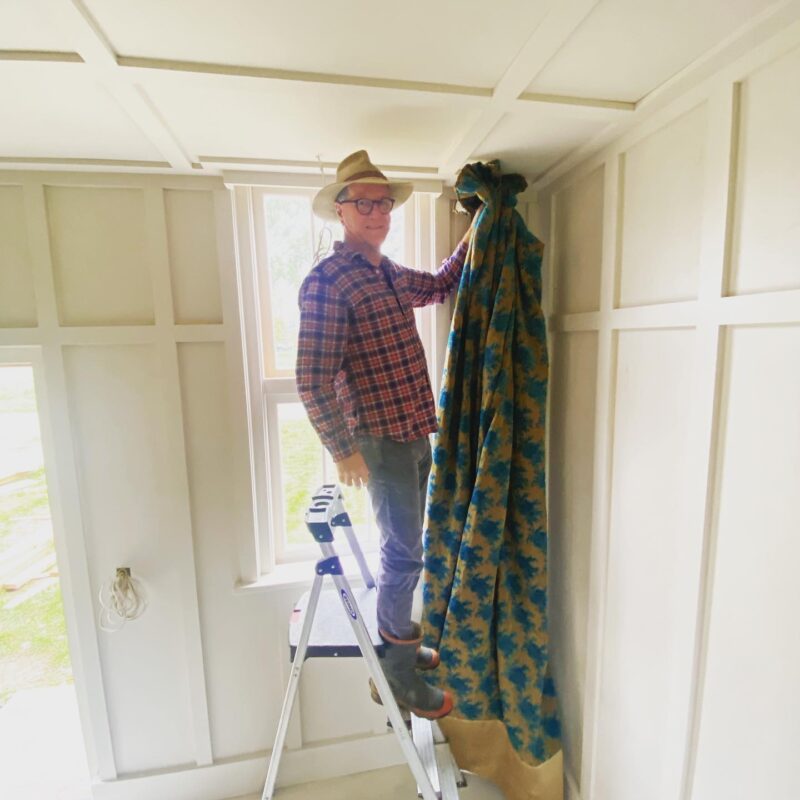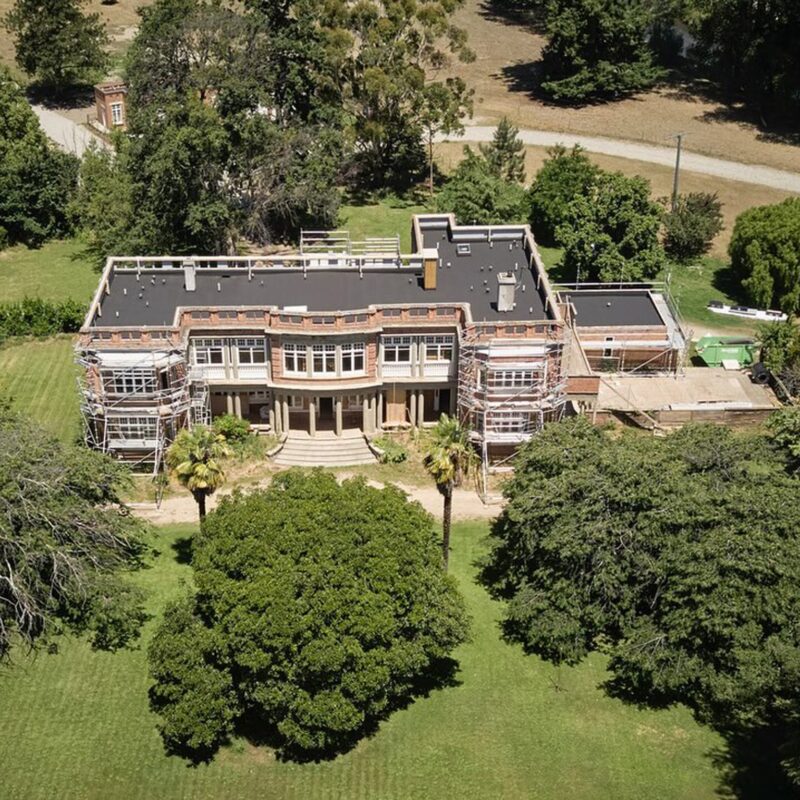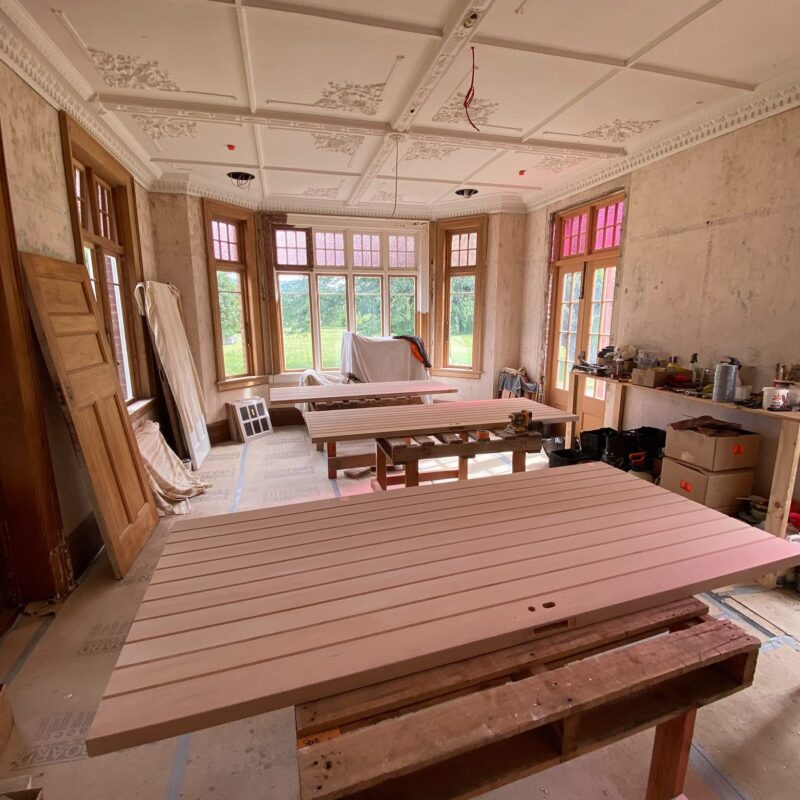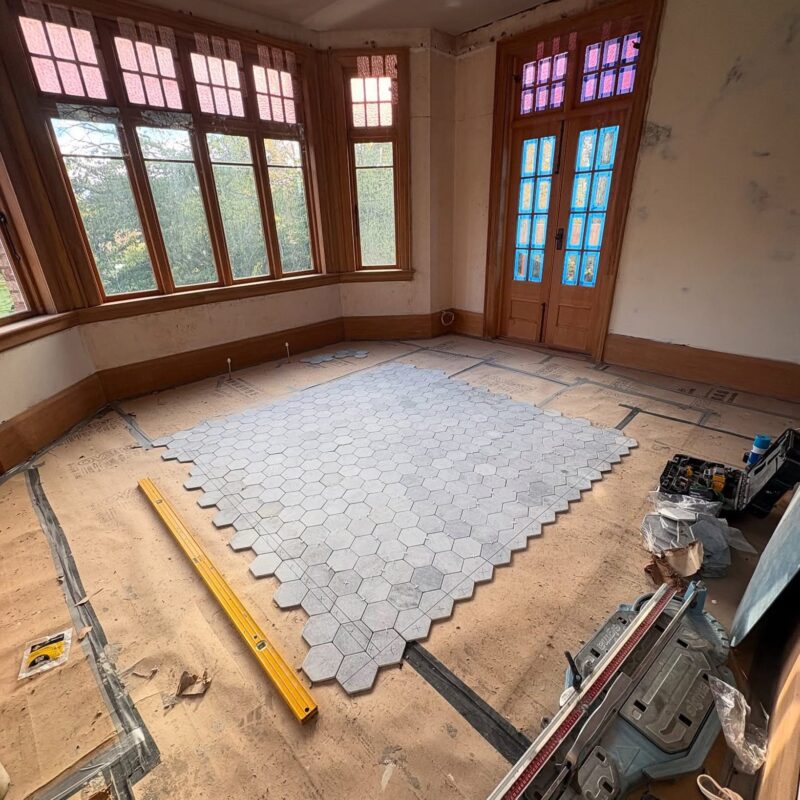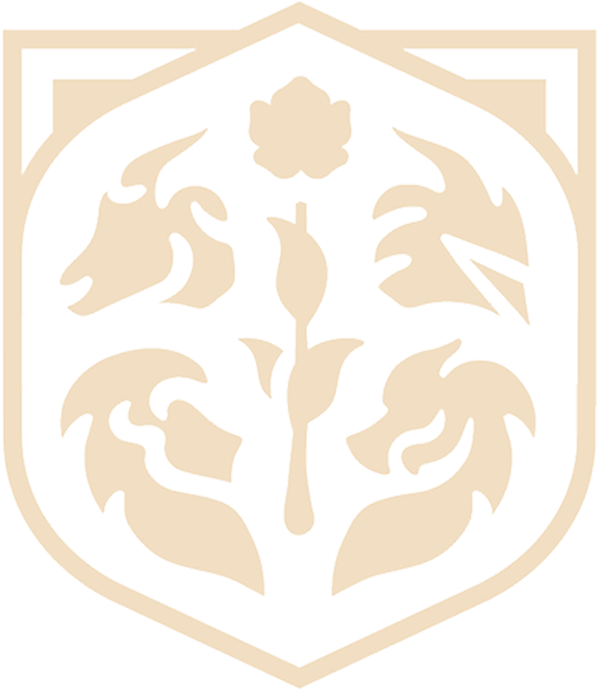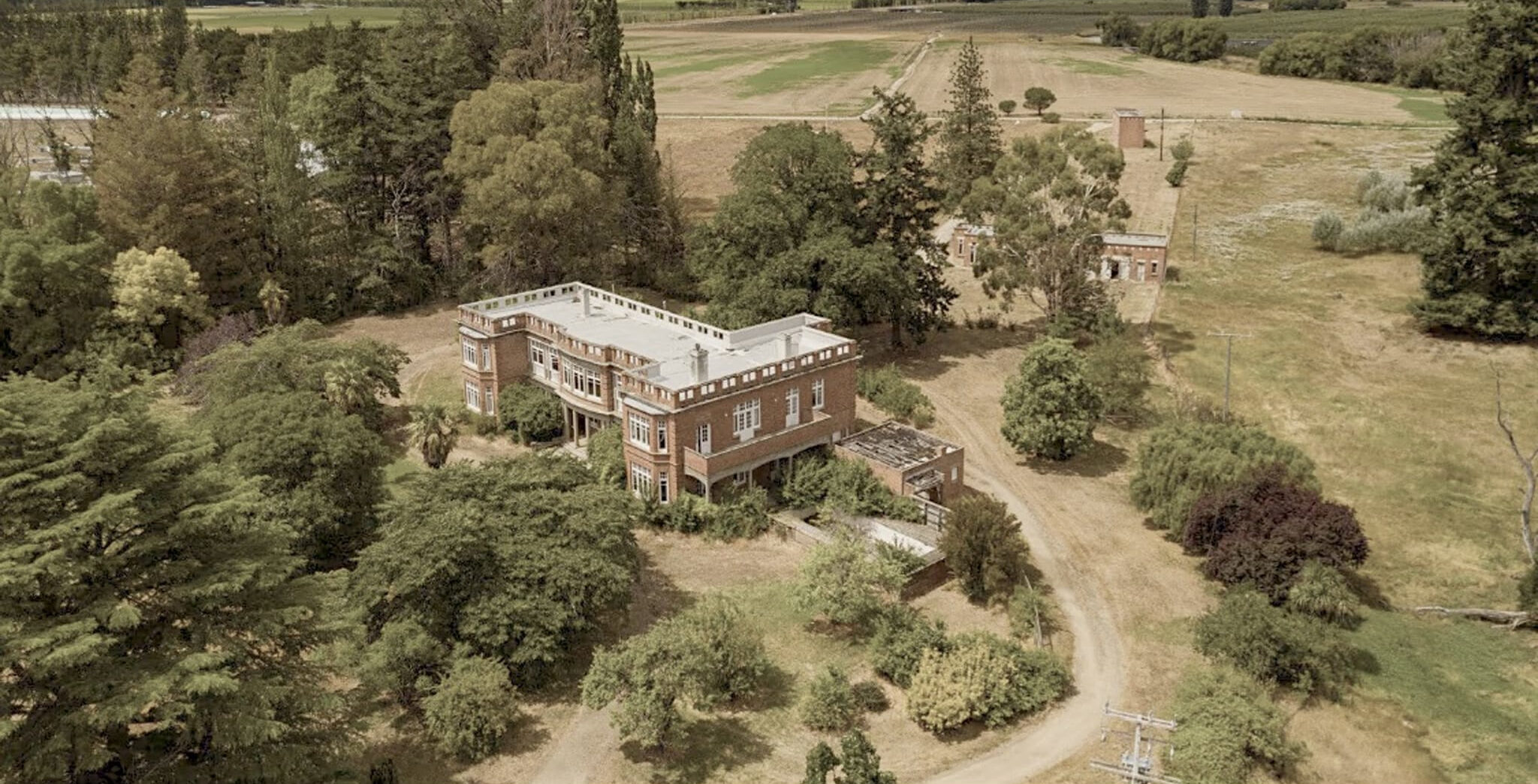Nestled in the rugged heart of Central Otago, Earnscleugh Castle stands as a testament to ambition, resilience, and the untamed spirit of New Zealand’s frontier. From its beginnings as a vast sheep station ravaged by relentless rabbit infestations, to the rise of an imposing yet unfinished “Jacobethan” manor fondly known by locals as “Earnscleugh Castle”. Its story intertwines Māori legends, gold rush fever, and the vivid dreams of its past inhabitants, including the original owner, Stephen Spain.
Today, the castle’s new owners breathe fresh life into its historic walls, transforming it into a heritage stay, perfect for family trips, weekend trips for couples and those seeking boutique accommodation in Central Otago. This timeline invites you to explore the captivating journey of Earnscleugh Castle, filled with triumphs, setbacks, and an enduring legacy that continues to shape the region’s identity.

